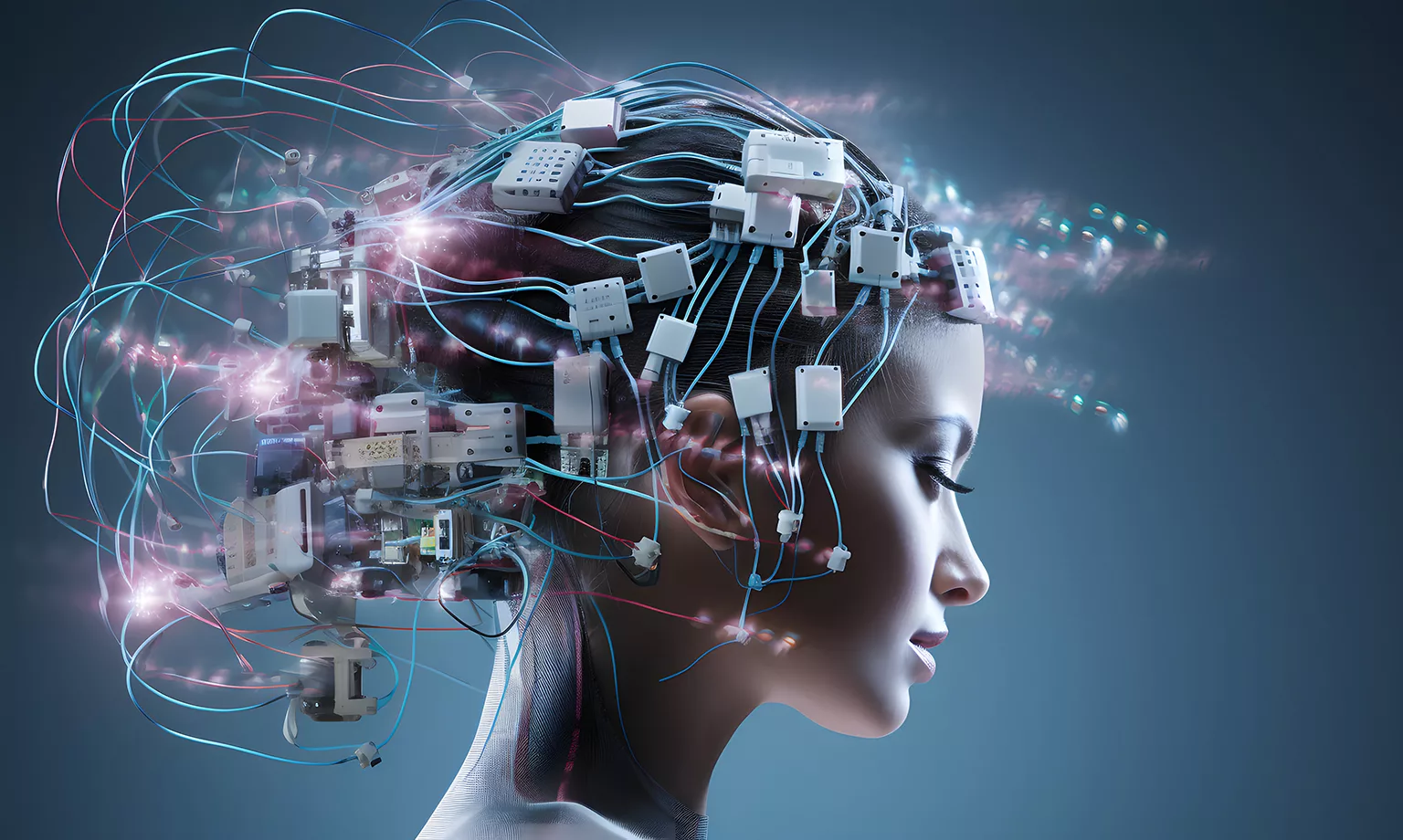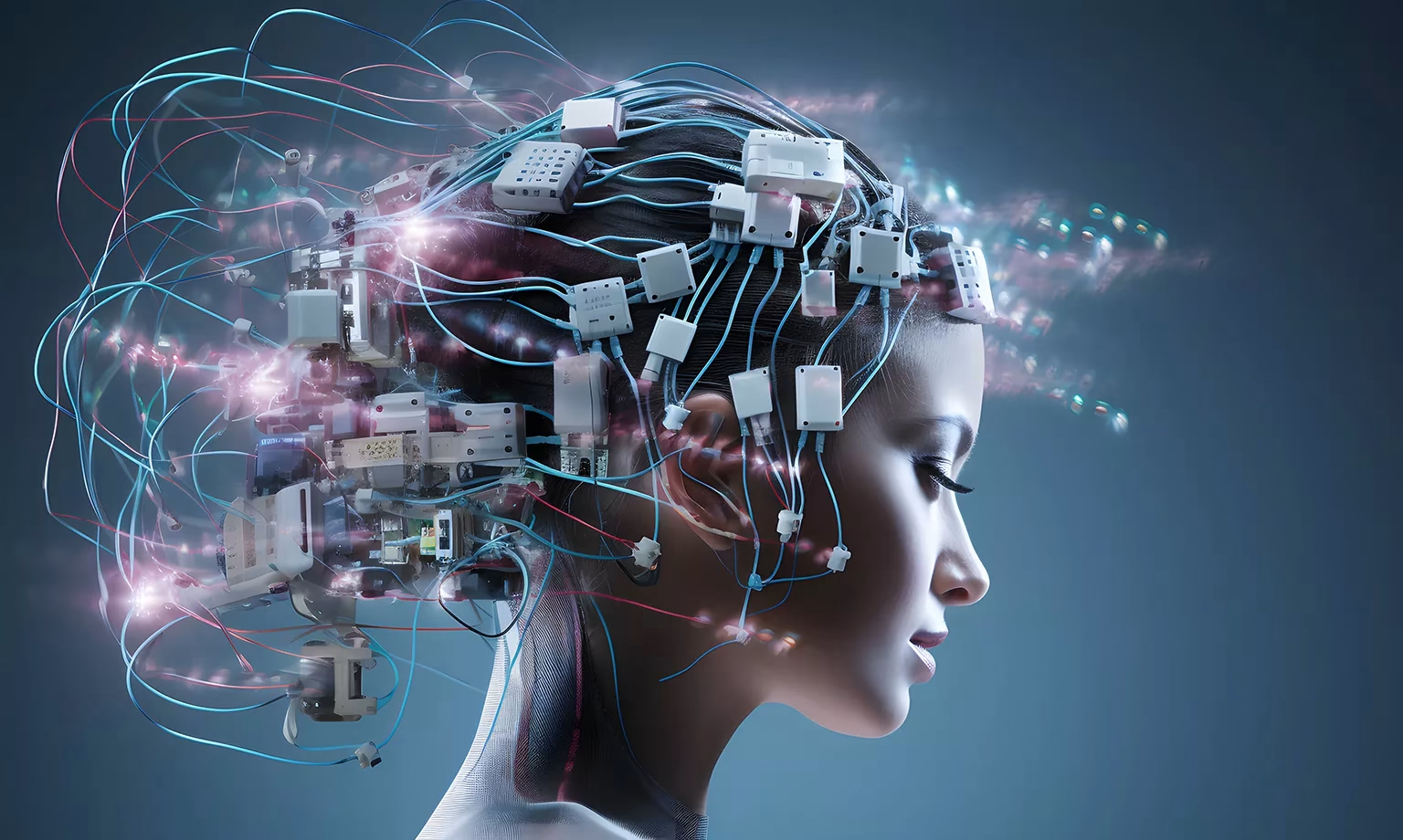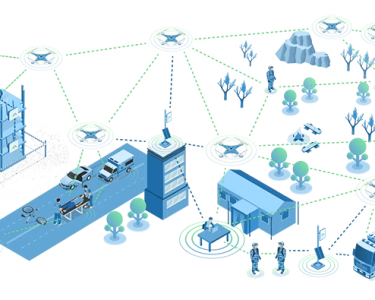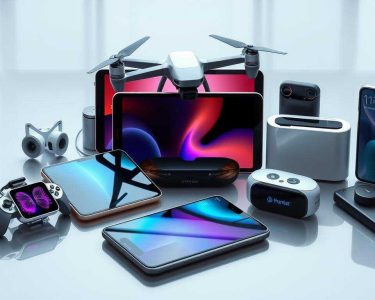Neuralink Updates 2025: What Brain-Computer Interfaces Can Do Now
Discover the latest 2025 Neuralink updates, what brain-computer interfaces (BCIs) can do today, and how Elon Musk’s brain chip is transforming medicine, communication, and AI integration.

Introduction: A New Era of Human-Machine Connection
In 2025, Neuralink—Elon Musk’s brain-interface company—has taken another giant leap forward. What was once science fiction is now being tested in humans. The dream of controlling devices with your thoughts, restoring vision or mobility, and merging human intelligence with AI is inching closer to reality.
This blog dives deep into the latest Neuralink updates in 2025, explains how brain-computer interfaces (BCIs) work, and explores what they can actually do right now. If you’re curious about the future of the brain and technology, this is your ultimate guide.
What Is Neuralink? A Quick Recap
Neuralink was founded by Elon Musk in 2016 with the ambitious goal of developing brain-computer interfaces (BCIs). These are tiny chips implanted in the brain that can read and write neural signals.
While the early focus was medical—treating paralysis, blindness, and neurological disorders—Musk has often emphasized a long-term vision: merging humans with AI to keep up in the age of artificial superintelligence.
Neuralink 2025: Major Updates You Need to Know
🔹 1. First Human Trial Results Released
After getting FDA approval in 2023 for human trials, Neuralink implanted its chip in its first human patient in January 2024. In 2025, clinical trial updates show that the implant is working successfully:
- The patient can control a computer cursor using only their thoughts.
- No severe side effects were observed.
- Neural signals are being read in real-time and translated into digital commands.
🔹 2. New N1 Implant: Smaller, Safer, Smarter
Neuralink has unveiled its N1 Implant 2025 model, which features:
- More channels (4096+) for better brain signal resolution
- Wireless charging improvements
- A smaller surgical footprint (implanted via a specialized robot)
- Longer battery life and improved neural signal decoding
This implant is much less invasive than previous versions and is designed for long-term implantation.
🔹 3. Robot Surgeon Enhancements
Neuralink’s surgical robot, called R1, has also been upgraded. In 2025, the R2 robot is:
- Faster: Completing brain chip implantation in under 30 minutes.
- More accurate: Threading electrodes into the brain with sub-millimeter precision.
- Safer: Reducing the risk of brain tissue damage.
This robotic surgery makes brain implantation minimally invasive and fully automated.
What Neuralink Can Do Right Now in 2025
✅ 1. Control Devices With Thought
Neuralink’s 2025 brain chip allows users to:
- Move a mouse pointer on a screen
- Select and type text with thought
- Scroll or click using imagined hand gestures
This is life-changing for people with paralysis or motor neuron disease (like ALS), as they can now interact with technology without needing physical movement.
✅ 2. Restore Communication for Locked-In Patients
Patients who are locked in due to stroke or neurological injury can use the chip to spell words and sentences via mind control interfaces. This gives them a new voice, literally.
✅ 3. Precise Brain Signal Mapping
Neuralink is able to read signals from individual neurons, allowing researchers to:
- Decode how the brain processes movement
- Understand disease-specific brain activity
- Explore memory formation and emotional responses
This opens doors to diagnosing and treating brain disorders more accurately.
✅ 4. Potential Future Therapies Being Explored
While not yet in active use, Neuralink has begun research into using implants for:
- Vision restoration for blind individuals
- Motor control recovery after spinal cord injuries
- Mood regulation for depression and PTSD
- Memory enhancement and cognitive augmentation
In 2025, early animal trials and simulations show promising results, especially in the area of restoring eyesight.
Challenges Neuralink Still Faces in 2025
Despite impressive advancements, Neuralink is still a work in progress. Some of the ongoing challenges include:
- Brain safety concerns over long-term implantation
- Public skepticism about ethical risks and mind control fears
- Regulatory hurdles in global markets
- Signal interpretation complexity (decoding thoughts precisely is still very hard)
Even Elon Musk admits that “we are still in early days, but progressing fast.”
The Future of Neuralink Beyond 2025
Looking ahead, Neuralink plans to:
- Expand human trials to more patients
- Add bidirectional communication (not just reading the brain, but writing data to it)
- Introduce memory recall and storage features
- Create AI-assisted thought processors that work in real time
Musk’s vision of a “neural lace”—an always-connected interface between the brain and machines—may seem far-fetched, but Neuralink is building the foundation for it, one neuron at a time.
Conclusion: A Technological Revolution Inside Your Head
Neuralink’s progress in 2025 is nothing short of revolutionary. While still experimental, the technology already shows real-world applications in medicine and accessibility—and hints at a much more integrated future where thoughts and machines are no longer separate.
For now, Neuralink is focused on healing and restoring human capabilities. But as the tech evolves, it could reshape how we think, remember, and even communicate—purely with our minds.
Stay tuned—your brain might soon be your most powerful device.






